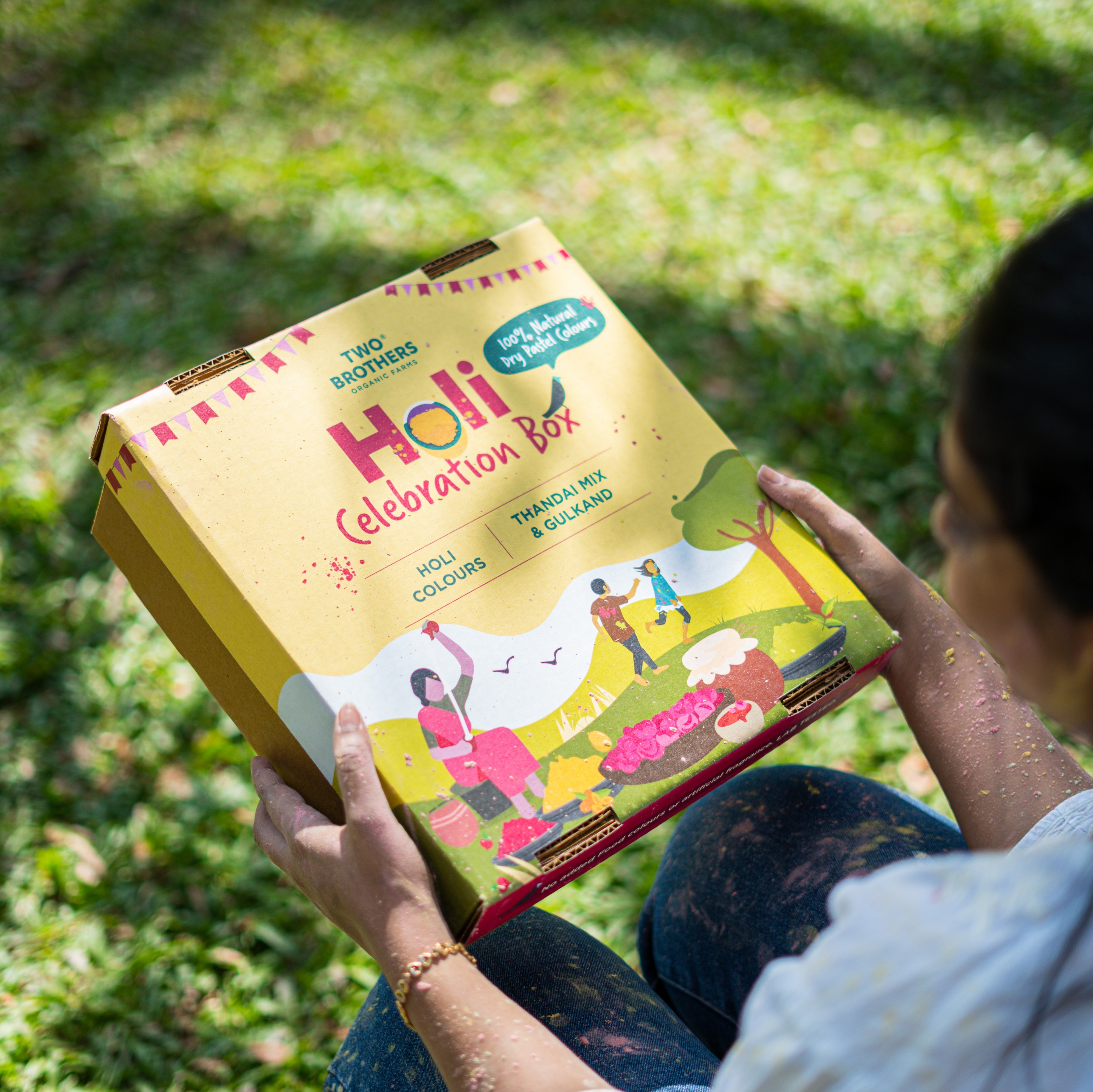BLANKET SEASON IS HERE and it's time to embrace the cache of amazing recipes which highlight foods that are warming and nourish the body in preparation for the months ahead.
The importance of eating seasonal food is becoming a less talked about subject because staying healthy is overshadowed by
- Trips to the gym
- Protein rich diets
- Intermittent fasting
- Muscle building
In order to get all of that into helping us look and feel a certain level of fitness we need to embrace a diet which is Local and Native to our Indian food heritage.
Synergy Between Your Food & Weather!
We cannot stress enough on the importance of eating according to the weather changes.
Just by turning on the mobile, there are several apps which can track our fitness and tell us how many calories to burn and when to sleep. It also talks of the calorific value of a diet which stays the same regardless of the season when it is consumed.
A watermelon juice simply cannot do good when it is had in December! The calories will be the same but the body will not benefit from such a diet.
To understand and make a fit for life plan we have to re-learn the valuable advice taught by our elders or better yet to just follow what they did.

PANJIRI Is the Healthiest Food to Have In Winter!
It is a winter dish which has its origins in Punjab. It combines the goodness of Khapli atta, Desi ghee, Natural jaggery with the addition of dried fruits and nuts and results in a tasty mix which can be enjoyed like a dessert.
These are the foods which the body naturally craves for during this time of year.
- The ghee, nuts, jaggery and emmer wheat give much needed energy to combat the cold and keep the body warm and nourished. Like most traditional home made dishes, this one too can be enjoyed by the whole family.
- It is light on the palate and easy on digestion and a small cupful is enough to satiate cravings and keep hunger pangs from overpowering the taste buds into binge mode !
Let’s take a closer look at the many ingredients which make this dish unique.

This plant resin is loosely translated as edible gum. Gondh certainly is one of the hidden gems of the Indian culinary heritage. It is a key ingredient in the making of a tasty panjiri.
The texture of this edible gum when cooked has an unbelievable crunch which makes it hard to resist.
- Gondh give amazing protection for bone, respiratory and gut health during winter.
- The art of frying gondh crystals in desi ghee has to be understood and executed with patience. For best results and for even cooking the gondh bits have to be slowly pan fried.
- As they cook they will triple in size and bloom to a look like puffed , clear crystals and will turn crunchy. It is then cooled and powdered coarsely or finely as one prefers before adding to the panjiri.


The value of the fox nuts lies in the huge amount of labour involved in harvesting it. Right from pulling the stalks out of the depths of murky waters to popping the seeds and roasting them, makhana farming is extremely time consuming and laborious.
- This is yet another food which has not yet won international acclaim so let us hug our makhana secret just a little longer!
- The dry roasted makhana quickly gives a popped corn feel in the mouth and is extremely versatile in being enjoyed as a snack or added to sabzi or ground and included in a warming panjiri.
- It is also a highly nutritious ingredient.


Nuts are without a doubt, little powerhouses of energy that keep our body fueled in between meals. They are excellent foods to take on a road trip, as we all know.
People who are averse to nuts are really missing a whole facet of food heaven because not only are they so delightful to chomp on but can be jazzed up with any flavour combinations.

Ever tried cashew nuts sauteed with green chilli paste or caramelised walnuts; it’s so easy to finish a handful in one go !
The natural oils in nuts are heart friendly and keep the body well lubricated in addition to being superlative brain food. So, we say,”more the merrier ''; walnuts, cashew nuts, almonds and any other which is a family favourite.
It elevates the panjiri to a highly nutritious holiday dish.

When the wild wheat grass became domesticated by man for cultivation, emmer wheat or khapli was one of the ancient varieties which came from the edible grasses.

It continues to show remarkable properties in terms of gut health which helps retain a healthy metabolism.
Sustainable farmers across the globe have understood the ill effects of growing modern wheat, both in terms of the environment and the detrimental effect on human health.
Emmer wheat flour, roasted with desi ghee on a low flame, is so aromatic and forms the basis for a comforting panjiri, eaten warm on a cold winter day.


Ghee is a tool without which the job of digesting foods, by the body, is incomplete. Desi ghee made from A2 milk is rich in probiotics. This is the message that is printed on every desi ghee page.
But do we know what that really means?
- The healthy fats in desi ghee are what break down the nutrients in protein rich foods.
- If the fibres are not broken down, they cannot be absorbed in the gut.
So it doesn’t matter if we buy the best nuts , dried fruits, wheat, rice etc… without native fats to help in the assimilation, the body cannot benefit from the foods.
In the cold months our ancestors have always added an extra brushing of ghee as the parathas left the tava. We misunderstood that thinking it contributed to a rotund frame.

Now with indepth research the desi cultured ghee is being touted as the true hero of the Indian diet and rightfully so. The key is moderation.
- There is just the right quantity in the panjiri to make the combination of ingredients dance a medley on the taste buds. Anything in excess will not, of course, give the same satisfaction.
The task of making a panjiri fills the home maker with deep love for the family because it is a dish which evokes such sentiments. It goes without saying that the “breath of the wok” is what makes the difference between a dish that is merely tasty to one that is simply magical.
- The crumbly brown bits may not be instagram worthy or pretty enough to strike a pose with, but it does add warmth; starting from the toes all the way up to the brain, with every mouthful that is chewed
The best thing about a panjiri is that you can make it your own by adding or removing whatever ingredient you prefer. The simplest one is by using desi ghee, khapli atta, jaggery and gondh. The rest whatever we choose are added bonuses .

Shop for A2 Gir Cow ghee - https://twobrothersindiashop.com/products/amorearth-desi-cow-a2-ghee
Shop for Panjiri Mix - https://twobrothersindiashop.com/products/panjiri-mix
Shop for Gondh Laddoo - https://twobrothersindiashop.com/products/dink-laadu-gondh-laddu-edible-gum-ladoos-250gms
Shop for Sesame Seeds - https://twobrothersindiashop.com/products/two-brothers-organic-farms-amorearth-jaggery
Shop for Emmer Wheat - https://twobrothersindiashop.com/products/khapli-emmer-long-wheat-atta-stoneground-2kg
Shop for All Products - https://twobrothersindiashop.com/collections/all
















1 comment
Andy
Great read! Never knew what Khapli Gondh Panjiri is before this, now I do!
Great read! Never knew what Khapli Gondh Panjiri is before this, now I do!